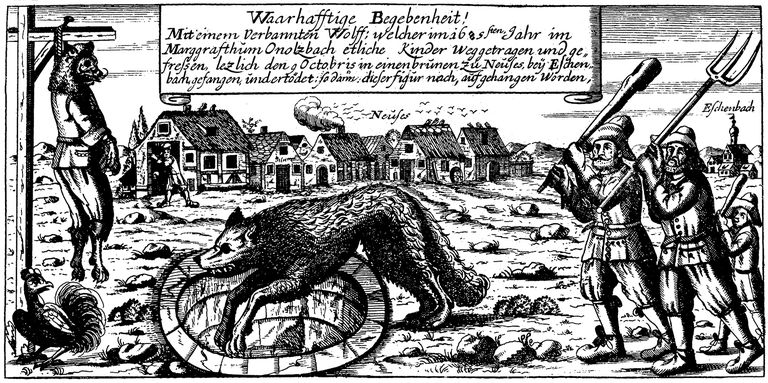
Strangely enough, the most modern source on the medieval life and times of Peter Stumpp, otherwise known as the Werewolf of Bedburg, can be found in the lyrics of the rock band Macabre, a group of American troubadours who specialize in the obscure genre of “murder metal.” Paring down the meat of the story to bare bones, their song works in harmony with history yet offers little in the way of understanding. That heartier version can only be found in time-worn sources from the past, all of which provide a feast of gruesome details on the world’s most famous werewolf.
Over 400 years ago
The people were terrorized
Around Bedburg and Cologne
In the German countryside
According to the pamphlet
Published at that time
A man named Peter Stumpp
Committed atrocious crimes
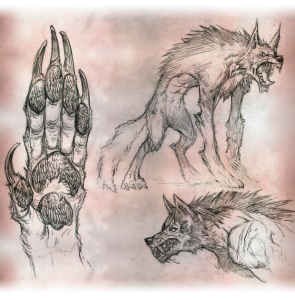
Although assigned one of the most monstrous titles in all of history, Peter Stumpp—also sometimes written as Stube, Stübbe, or Stumpf— was probably not a real werewolf at all. Depending on how you view his story, he was likely one of two things—a man violently scapegoated to appease the fear of a fractured society or a straight-up deranged serial killer with cannibalistic tendencies. There is historical evidence to support both scenarios. It is true medieval people often relied on phantasmagorical notions, like werewolves and witches, to explain dark and inconceivable things like mental illness, which could be why he ended up in chains. Perhaps he did prey on the unsuspecting lifeblood of his community—or perhaps he was victimized by the sheer power of lore. Either way, poor Peter Stumpp definitely had one hell of a dreadful journey from mere man to terrifying myth.
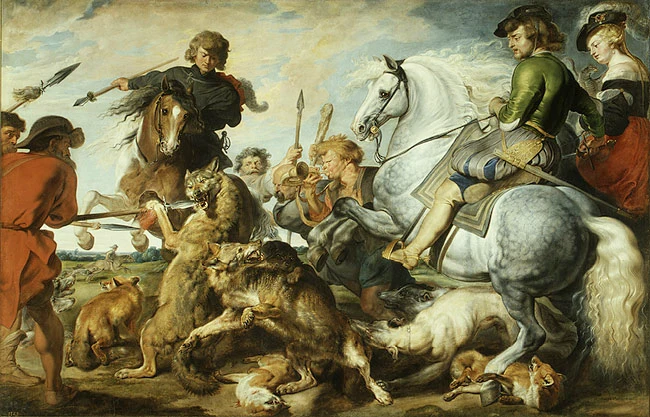
Much like today, people suffered from all sorts of emotional and psychological disorders in the 16th century, none of which were legitimized through a religious narrative or accepted in the established moral code. The boundaries for behavior were clearly defined by polite society, and anything at odds with these definitions—whether physical or mental—was typically considered deviant or evil. There was just no room for them in the simplicity of agrarian life. And this is where the story of Peter Stumpp became mysterious. While many details of his story were supported by fact, they often seemed to collide with folklore and spin outward again towards the truth, snagging wild elements of fantasy as they went. When we are able to separate and analyze these different avenues, understanding the motivations of medieval societies becomes easier, and we begin to see that history has always been intertwined with lore—the question is just to what degree? When we take the time to break down fact from fiction and consider how they became so bound together in the first place, we often glimpse the universal desire to find an explanation in the outrageous, especially if quells our deepest fears. And perhaps, in this case, it will allow us to better understand the Werewolf of Bedburg.
Peter Stumpp the Werewolf
Aided and abetted
By his mistress and daughter
Body parts were found
On the land and in the water
His daughter had a son
From repeated incest
Stumpp ate his son
And said the brain tasted the best
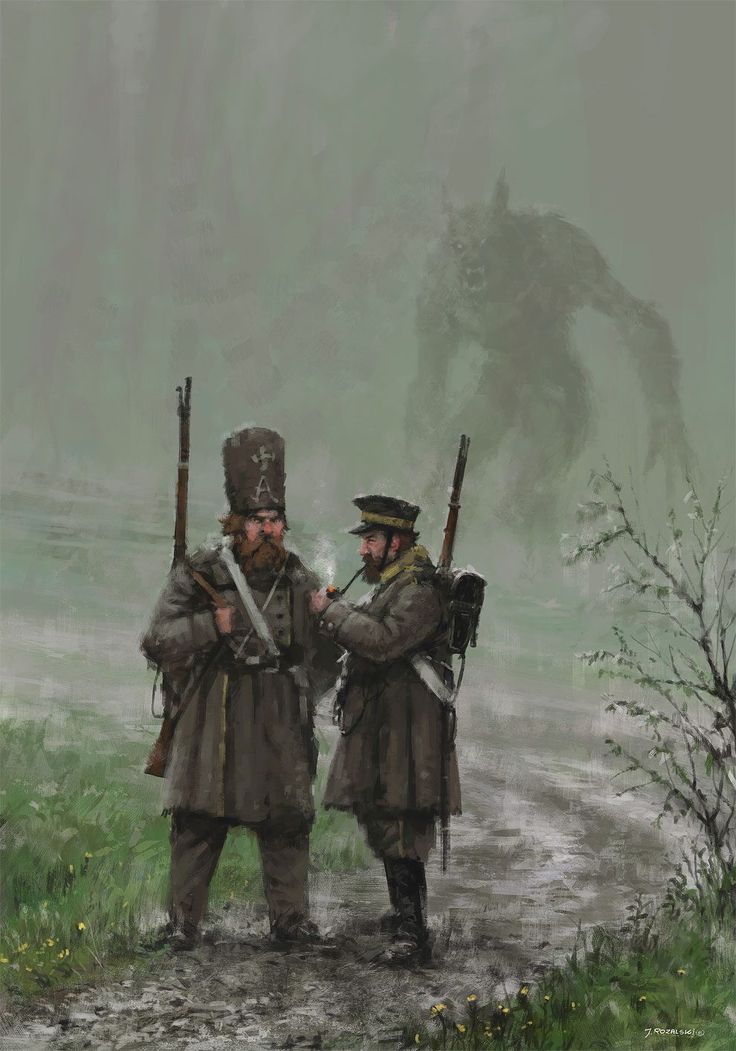 The lyrics may sound outrageous but make no mistake—the story of Peter Stumpp, while steeped in much folklore, is both valid and legitimate, first detailed in a brief pamphlet by George Bores from the 16th century called The Damnable Life and Death of Stubbe Peeter. In it, “the life and death of one Stubbe Peeter, a most wicked sorcerer” are outlined in colorful detail. Although no copies of the German version can be found today, two English translations still exist, one in the British Library and the other in the Lambeth Library outside London. In addition to this primary source, the diary of a local Cologne alderman, Herman von Weinsberg, also provided some background about the sensational case and illustrated many of the images seen in posters around southern Germany at the time. When the famous English occultist, Montague Summers, discovered the artifacts in 1933, he used them—along with the original woodcuts— to create his literary work titled The Werewolf in Lore and Legend. And as a result of this literary trio, the strange events surrounding Stumpp’s life as a werewolf have been repeatedly refurbished for modern consumption.
The lyrics may sound outrageous but make no mistake—the story of Peter Stumpp, while steeped in much folklore, is both valid and legitimate, first detailed in a brief pamphlet by George Bores from the 16th century called The Damnable Life and Death of Stubbe Peeter. In it, “the life and death of one Stubbe Peeter, a most wicked sorcerer” are outlined in colorful detail. Although no copies of the German version can be found today, two English translations still exist, one in the British Library and the other in the Lambeth Library outside London. In addition to this primary source, the diary of a local Cologne alderman, Herman von Weinsberg, also provided some background about the sensational case and illustrated many of the images seen in posters around southern Germany at the time. When the famous English occultist, Montague Summers, discovered the artifacts in 1933, he used them—along with the original woodcuts— to create his literary work titled The Werewolf in Lore and Legend. And as a result of this literary trio, the strange events surrounding Stumpp’s life as a werewolf have been repeatedly refurbished for modern consumption.
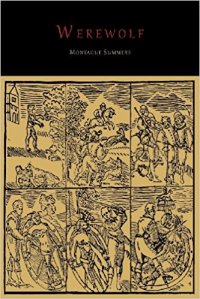
Sensational beyond belief, the Stumpp case gained publicity around much of Europe and attracted the attention of communities in the Netherlands, England, and Denmark. Descriptions of witches and other occult behaviors sprang up often in the region and were reinforced by various narratives like The News From Scotland, released in 1591, which highlighted stories of witches intent on destroying the King of Scots and his Danish queen. The condemning literature about Stumpp fit in nicely with this larger narrative and added to the ever-growing fear of hidden conspiracies and magical assaults. In fact, the Eifel region was wildly receptive to such assertions and was once considered ground zero for witch-hunting between 1580 and 1650, leading to the execution of some 1,500 people. The events of Stumpp’s life were also referred to in a writing by Edward Fairfax, who provided a first-hand account of his own daughters’ persecution as witches in 1621.

Some of the facts in the case were pretty straightforward—Peter Stumpp was a German farmer, born in the village of Epprath near Bedburg, and a relatively wealthy and well-respected man in his community. But other parts of the story—like how he earned himself the frightening title of werewolf and became the defendant in one of the most lurid and famous occult trials in history—were a little more complicated to explain. And the part about how he ended up spread-eagle on the infamous breaking wheel, where he endured a level of torture reserved only for those in lieu with Satan himself, set a new standard for medieval drama.
Tied to a wooden wheel
They took red-hot pinchers
And pulled his flesh off
In several areas
They broke his arms and legs
With a hatchet
Then burned the evil Stumpp
After cutting his head off
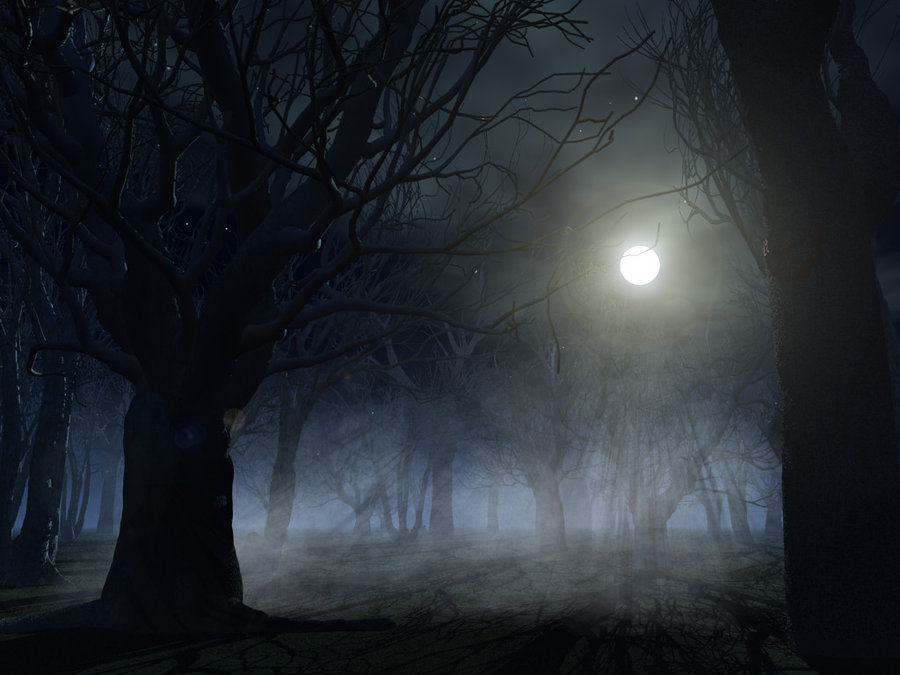
To really understand how Stumpp became a werewolf, it’s important to consider the zeitgeist of Bedburg in the 1500’s. The town was in the throes of a great terror which no one could seem to unravel. A diabolical creature of some kind was slaughtering cattle each night and leaving the gory remains to be found in the surrounding fields the next morning. It had been going on for years, and the townspeople were becoming increasingly unsettled at finding their valuable lambs and calves ripped open and devoured, as if by some savage animal. And it was not just animals—women and children also began to disappear from their homes, only to be found days later in gory shreds along the road—if they were found at all. As expected, a panic broke out among the populace who quickly determined the crimes to be the act of a beast, possibly a large wolf. For others, the notion of something more sinister, like a werewolf, began to haunt their thoughts. Whoever or whatever was committing these crimes was either criminally insane or not human—of that, they could be sure. The victims had not just been killed—they had been strangled, disemboweled, bludgeoned, crudely torn apart, and apparently eaten raw.
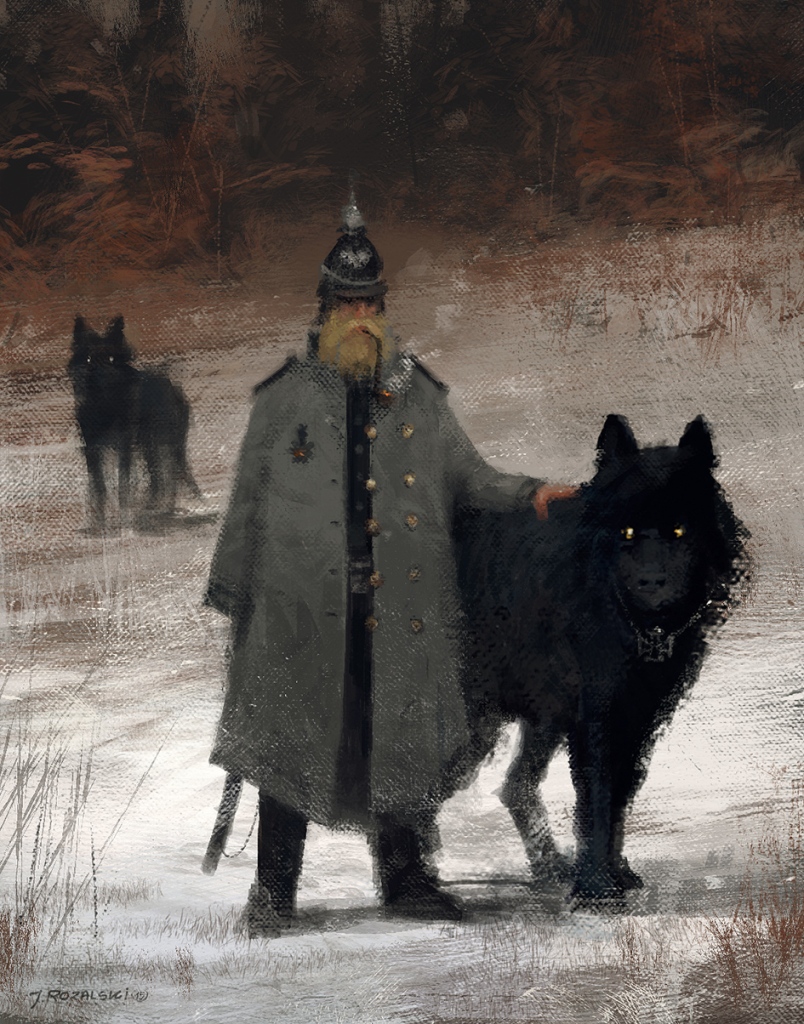
Although the need for unity during this difficult time was clear, the townspeople found themselves at odds as Catholicism and Protestantism battled for religious dominance. Germany’s Rhineland was then part of the waning Holy Roman Empire, and the sense of upheaval and religious separatism was pervasive. The former Archbishop Gebhard Truchsess von Waldburg had been trying for a number of years to introduce Protestantism as law; however, when the Cologne War was lost in 1587, Bedburg Castle became the headquarters of Spanish and Italian mercenaries who were determined to restore the Catholic faith. In fact, this occupation was so violent at times, some historians suggest the gruesome murders may have been the result of belligerent soldiers. This conflict set the tone of religious intolerance and fueled punitive behavior against the Protestants. It also served as a precursor to the bigger, badder 30 Years War, which would last from 1618 to 1648 and proliferate the power struggle between the two faiths, eventually devolving into a fight between France and Austria. In short, the lack of a firm societal backbone left the people of Bedburg confused, afraid, and unsure how to handle the growing terror within their own ranks.
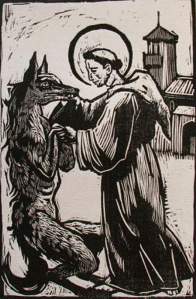
But one thing was clear—they needed to find and destroy this thing, whatever it was before it did them any more harm. Because they had already been victimized by the dreaded Black Death, roving brigands, and the lingering effects of the war, the opportunity to exact justice on an actual being felt like a great way to satiate some of the pain and fear they had been subsisting on for so long. Maybe, for once, they could actually put a face on their enemy and vanquish it, even if it was something beyond human. But whisperings suggested the wolf-like creature was “strong and mighty, with eyes great and large, which in the night sparkled like unto brands of fire, a mouth great and wide, with most sharp and cruel teeth, a huge body and mighty paws.” It would not be easy.
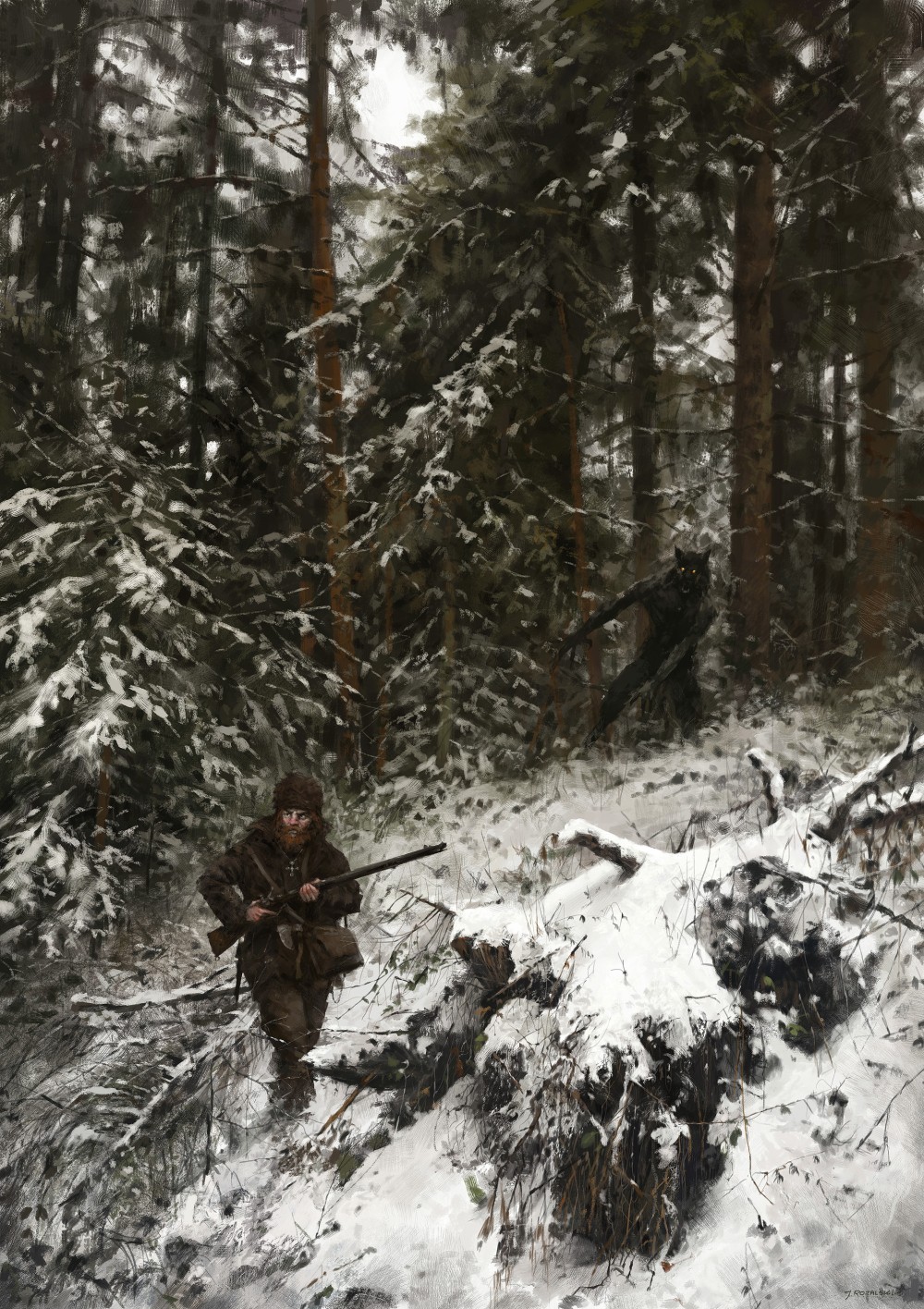
Even though Stumpp was generally regarded as a friendly and successful widower who had been left burdened with two children—a young boy and a teenage girl—some insidious rumors began to suggest he was sleeping with his sister and may have impregnated his own daughter. This foul gossip was suspected to have come from a local man looking to even the score after his wife had a brief dalliance with Stumpp or perhaps from another source intent on discrediting him. The townspeople began to view Stumpp with distaste and even outright contempt, a fact that was made worse by his physical condition. Because Stumpp had lost his left hand in a farm accident years before, he fell under even deeper suspicion when a wolf’s paw was recovered from a trap in the nearby woods. In the minds of the townspeople, all of whom were desperate to identify the killer, the loss of this corresponding appendage felt like real evidence of his guilt. Yes, the timing of the injury was off, but still. It could be him. On a more sophisticated level, Stumpp was also a recent convert to Protestantism which meant his persecution would be an ideal way to throw shade on the new faith and revive Catholic sentiment among the masses. After all, who wants to attend church with a werewolf?
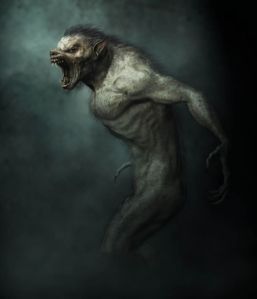
Others say Stumpp was no victim at all—but rather an “insatiable bloodsucker,” psychologically damaged and suffering from the rare mental disorder of lycanthropia. Regarded as a highly delusional condition, lycanthropy —from the Greek words lykos “wolf” and anthropos “man”— was believed to give the sufferer the feeling of being a wolf or some other nonhuman animal, depending on the culture at hand. The person taking on the beastial form would likely have assumed the most dangerous predator of their own land—from an African leopard to a Nordic Bear to an Indian Tiger—and in Germany where upwards of 30 wolf attacks could feasibly happen in one year, the wolf was an obvious choice.
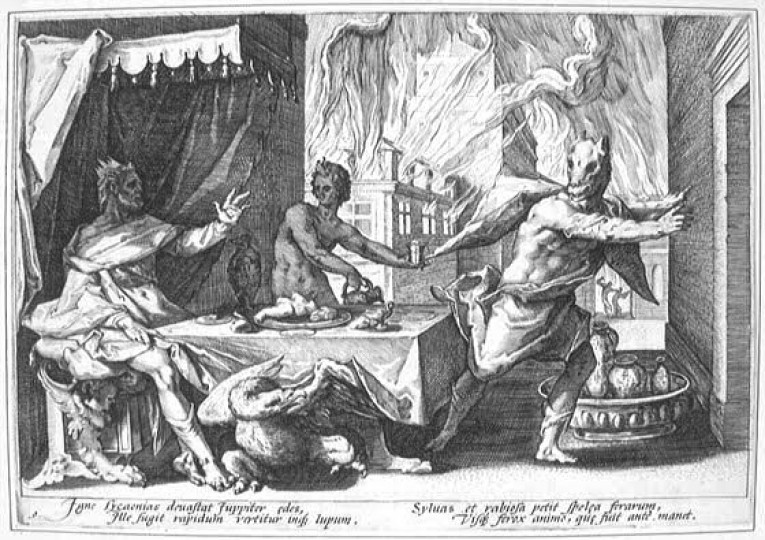
The folklore, legend, and deeply rooted fairy tale surrounding lycanthropy lived in the shared psyche of many civilizations, going back as far as ancient Greece where werewolf myths stemmed from prehistoric times and were promulgated by the Olympian religion. The mountainous region of Arcadia in Greece gave birth to the cult of the Wolf-Zeus, while Mount Lycaeus remained the site where priests would annually combine and eat the slaughtered flesh of both man and beast. According to that legend, whoever tasted it would take on the characteristics of a wolf and could never return to his human state unless he gave up feasting on human flesh for nine long years. The Romans were also smitten with the legend of the werewolf and the myth of Romulus who was suckled by a she-wolf and later became the founder and first king of Rome. An even older werewolf story appeared in Ovid’s Metamorphoses, written in 1 CE, and told the tale of King Lycaon who offended the gods by serving them human flesh for dinner. Jupiter punished this transgression by turning the king into a werewolf, forced to dine on the meat of man forever. But, of course, the most ancient shapeshifter of all first appeared in the Sumerian text and great mother of all literary themes, the Epic of Gilgamesh.
Gilgamesh was roving about…
wearing a skin…
having the flesh of the gods in his body,
but sadness deep within him,
looking like one who has been traveling a long distance.
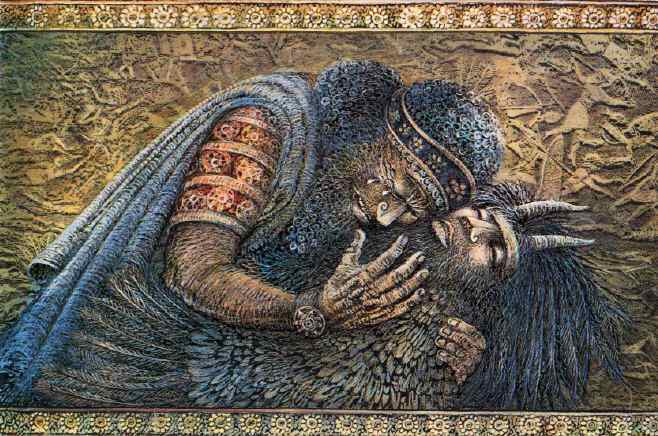
In medieval Europe, the werewolf’s metamorphosis represented social anxieties about the state of being human and how the body, mind, and soul often straddled the tenuous line between man and monster. Drawing on ancient pagan beliefs, shapeshifter myths helped people explain away the seemingly evil acts of the mentally ill—a reason that made them particularly hard to kill. While they all mostly believed in the existence of werewolves and the mythical transmutation of lycanthropes, there was a growing belief—especially among the more educated—that lycanthropy was a sickness and not an actual transformation. And as a result, some viewed Stumpp as more of a mental monster than a physical one. Either way, his behavior only led to one thing—bloody murder. As for the truth, it was entirely possible he suffered from clinical lycanthropy or some other cultural manifestation of schizophrenia, usually associated with hallucinations, disorganized speech, psychotic outbreaks, and violent tendencies—no one knows for sure. Perhaps Stumpp committed these bestial acts as a symptom of his mental condition, or perhaps he was just a farmer who ended up in the wrong place at the wrong time.

As hysteria took hold, men from the town began roving the countryside in heavily armed bands, looking for missing children and hoping to catch sight of the wicked creature. When their hounds finally caught the scent of the beast and began chasing it, ripping through the underbrush and dragging the panting men behind them, the group spread out to surround the fleeing animal. Frenzied and determined, the dogs pushed on and seemed to have the shaggy black wolf in their crosshairs. But as they all flanked the animal on all sides and turned into the clearing where he would be exposed, they did not find a wolf. Instead, they found only Peter Stumpp standing in the field at this most inconvenient moment, apparently out for a walk. Fueled by the enigma of the chase and the foul rumors they had heard, they captured Stumpp immediately and carted him back to town.
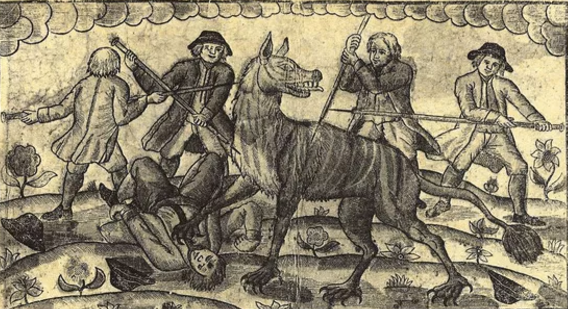
Like all good medieval tales, the use of torture soon came into play as authorities strapped Stumpp to the breaking rack, where they planned to grill him on his crimes and the details of his true nature. But according to primary sources detailing the event, there was no need as Stumpp “volunarilye confessed his whole life, and made knowen the villainies which he had committed for the space of XXV. yeere.” In fact, Stumpp admitted to a laundry list of horrific crimes spanning 25 years—he had made a pact with Devil at just 12-years-old who in return had given him a magic belt imbued with the gift of lycanthropy. When he was found and captured in the woods, he claimed to have tossed the enchanted item in the bushes, but extensive searches by local men found nothing. He also confessed to murdering 14 children and several women, some of whom he devoured entirely as “dainty morsels” so they would never be found. And according to his willing testimony, he had ripped the fetuses from the wombs of his pregnant victims and “ate their hearts panting hot and raw.”
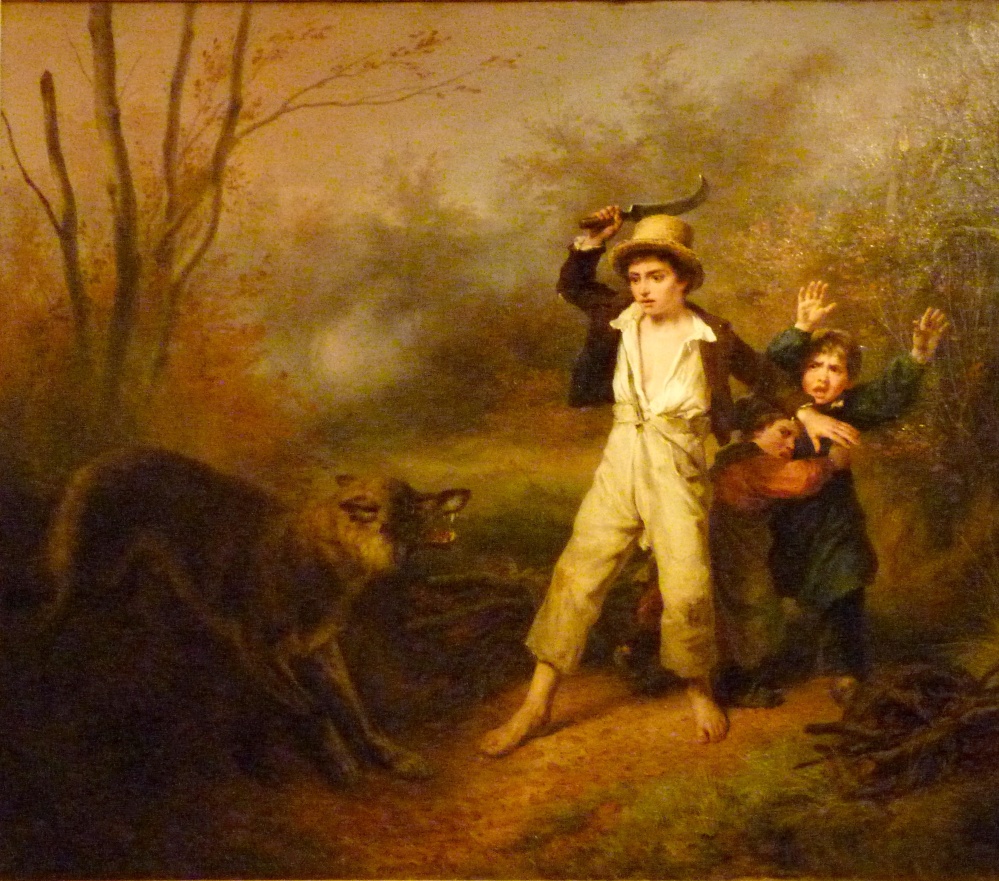
Aside from these horrific murders, Stumpp also confessed to massive amounts of depravity in his personal life. He had been living with his daughter Beele—described by all as charmingly beautiful—who he raped regularly and forced to bear him a son. He had used his charm and charisma to lure a local woman named Katherine Trompin to his home, where she later became a servant to his sexual desires. And according to Stumpp, he also enjoyed a carnal relationship with an evil succubus who was sent down by the Devil to satisfy his baser desires. Even though he referred to his son as the light of his life, who he refused to hurt for a long time, the craving for his child’s blood eventually became so unbearable, he had to give in. Luring the young boy into the woods, he proceeded to dash his head against a rock and eat his brains. Hiding in plain sight, he also admitted to stalking appealing girls in town and following them to more rural areas where he would ravage and destroy them the bloodiest of ways.

Stories of werewolves were widespread during this time, and outlaws and soldiers sometimes donned wolf skins over their armor as a way to demonstrate their prowess as killers. It was not unusual for people to develop a more clinical type of lycanthropy, where delusions of being a wolf caused them to act out in all sorts of wild and shocking ways. And in his own words, Stumpp described himself as being a victim of such a condition, taking “pleasure in the shedding of blood” and the feeling of fresh, warm blood pouring down his throat.
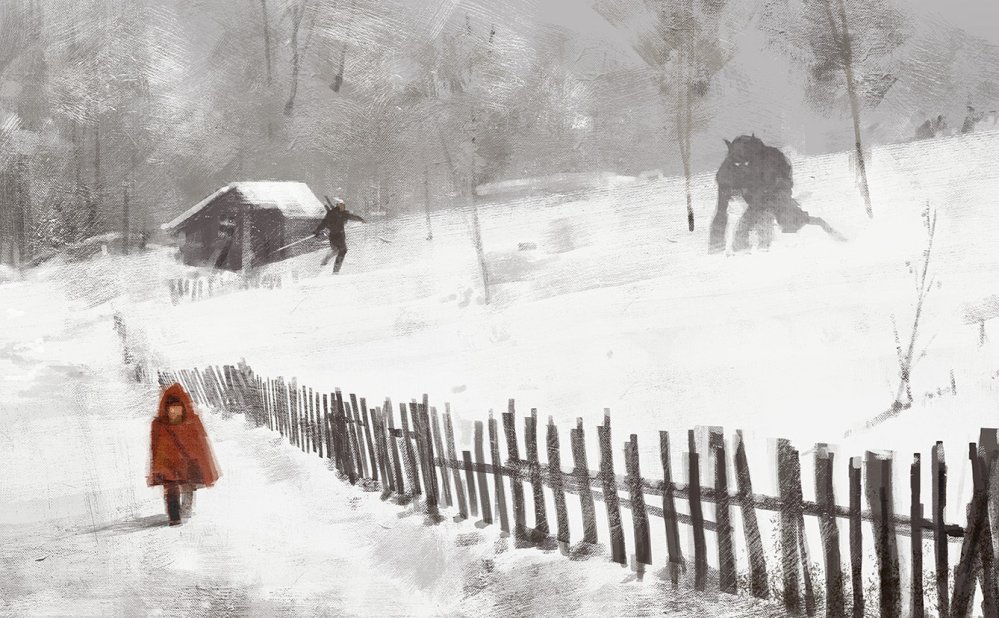
While no one really knew if his confession was based on truth or the desire to evade torture, the brutal manner of his trial and subsequent death was not up for speculation. Plenty of proof erupted against him, as witnesses lined up to offer first-hand accounts of how he had chased and attacked them. One young girl told the tale of her escape from the werewolf after the starched collar of her Sunday dress protected her neck from his claws, while another story detailed how Stumpp had been spotted keenly watching some children playing and milking cows in the field right before they went missing. Another man described the occasion in the woods when Stumpp lured him away from his female companion by calling his name, only to circle quickly back and snatch the woman away. The testimony was specific, detailed, and left no doubt in the minds of the special court assembled to sentence him. As predicted, Peter Stumpp was found guilty on October 28th, 1589 of murder, cannibalism, incest, witchcraft, and straight up werewolfery. And as accessories to the crime—or rather innocent bystanders who had become forever tainted by his actions—his mistress and daughter were also sentenced to burn at the stake as a “continual monument to all ensuing ages” about what happens to those in cahoots with a werewolf.
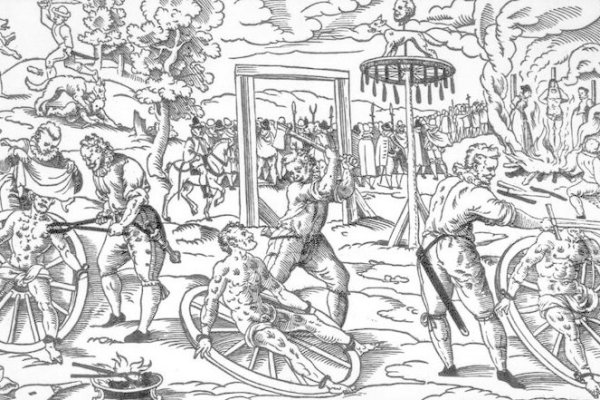
In celebration of his guilt, Stumpp’s execution was planned for Halloween day, 1589 and was well attended by the aristocracy of the region who could not resist the curiosity of it all. Regarded as the most brutal execution in history, Stumpp’s death was not a disappointment. Once strapped to the breaking wheel, his flesh was systematically ripped from his body with red-hot pincers as his limbs were bashed again and again with the blunt side of an ax to prevent his rising from the grave. And at the end of this abuse, his head was ceremoniously hacked from his body and placed on a pole carved like a wolf where it would serve as a “warning to all Sorcerers and Witches, which unlawfully followe their owne diuelish imagination to the utter ruine and destruction of their soules eternally…” As promised, his mistress and daughter were flayed alive before being strangled, their bodies tossed onto the pyre with his and burned down to ash.

Despite its sensationalism—or perhaps because of it—the execution of Peter Stumpp remained a singular event in medieval Europe. As the first and last person to be tried and convicted of such crimes in the region, his fate has settled into legend. But regardless of whether he was guilty or not, the Werewolf of Bedburg’s story remains less about the horrors of werewolves and more about the horrors of man.

And the rest is history.
*Special thanks to Jakub Rozalski, whose art perfectly captured the setting for this story.

Interesting!
LikeLike